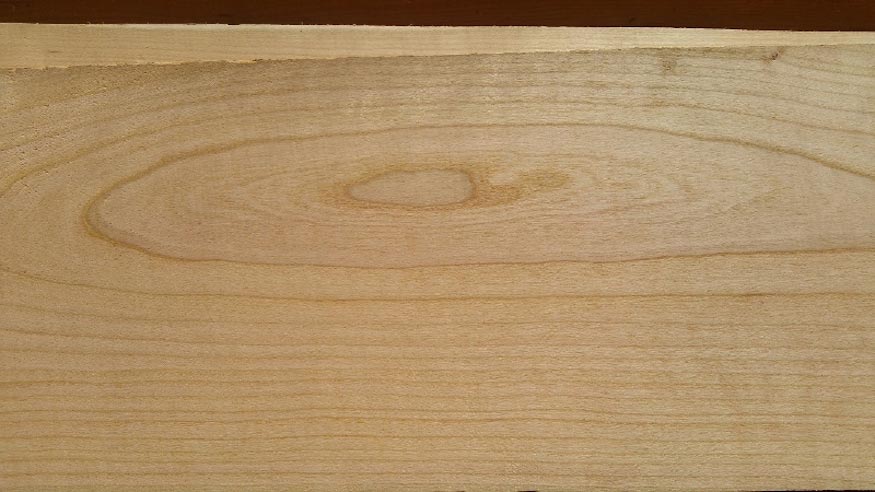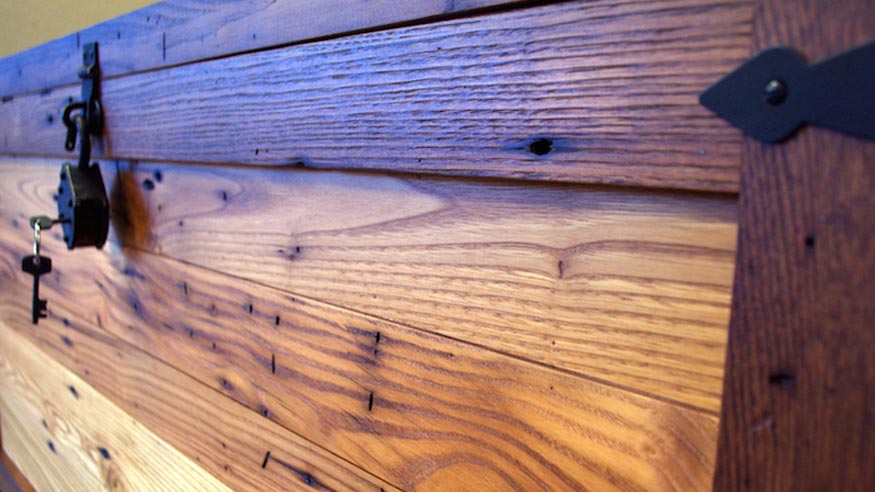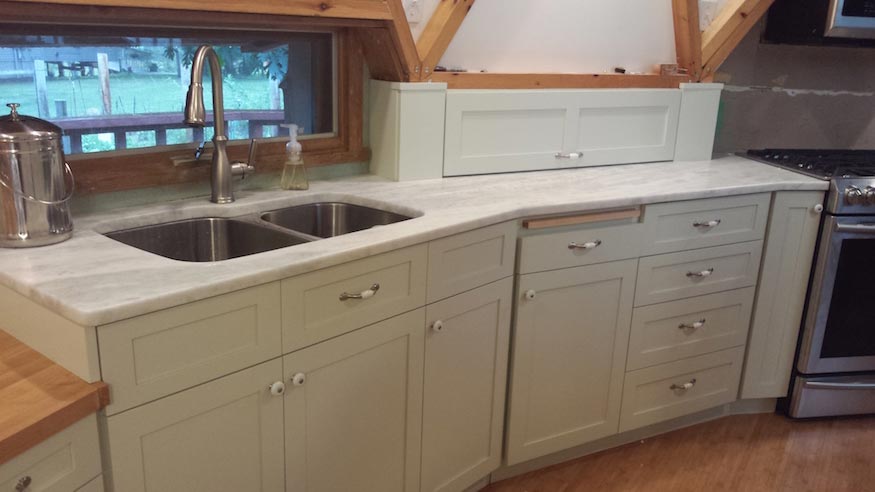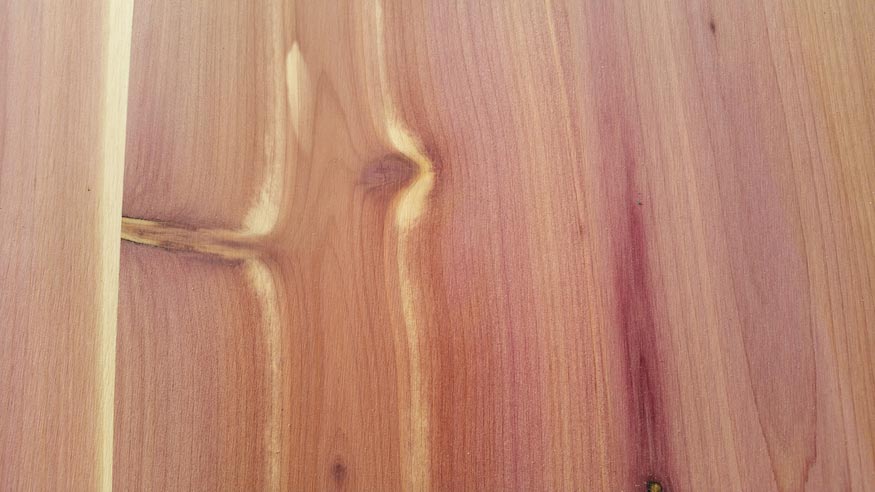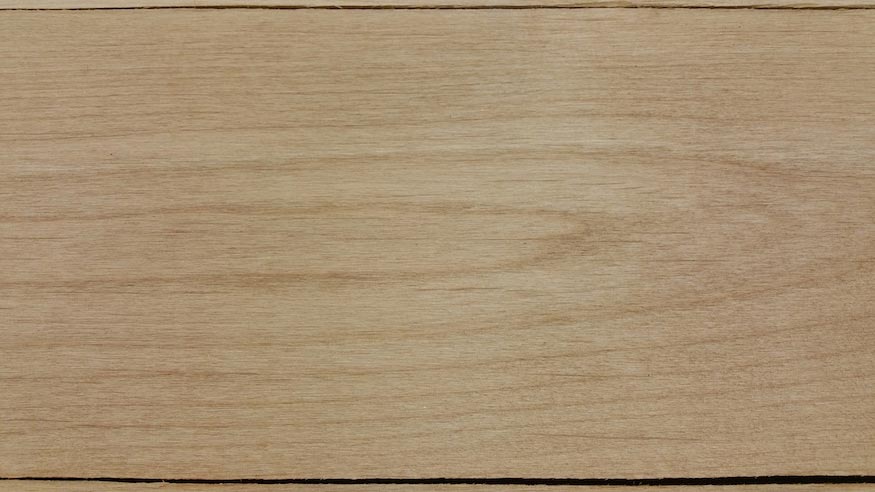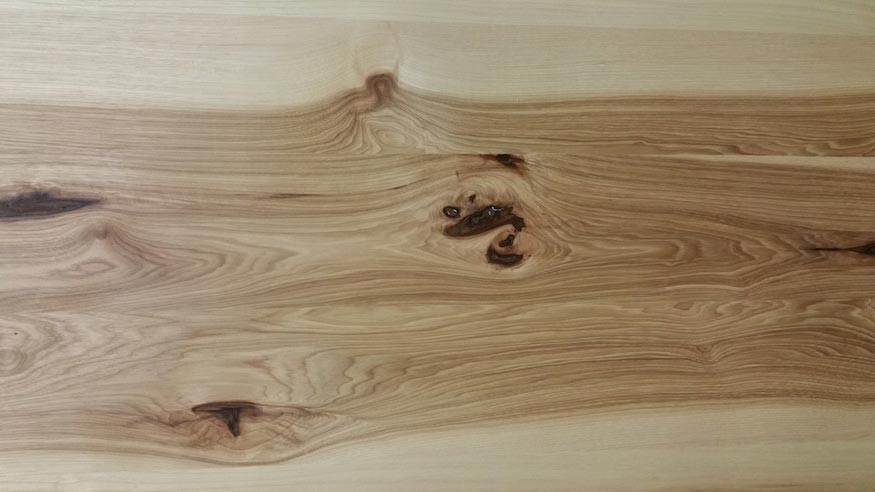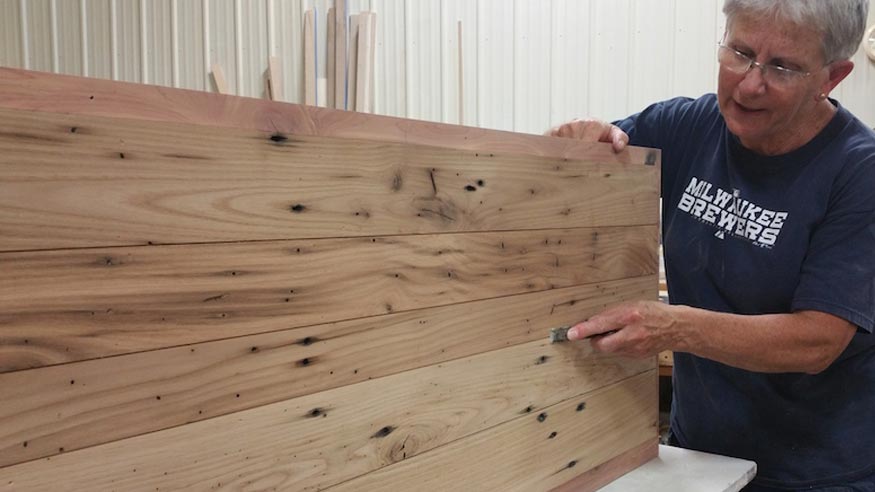Wood of the Week – Cherry
What is Cherry? Cherry typically comes from the Black Cherry tree which grows all across North and South America. However, the finest Cherry Timber comes from the Appalachian region. Cherry wood is popular among woodworkers as it has a well-rounded combination of workability, color, and durability. It is considered to be more workable than both … Read more
